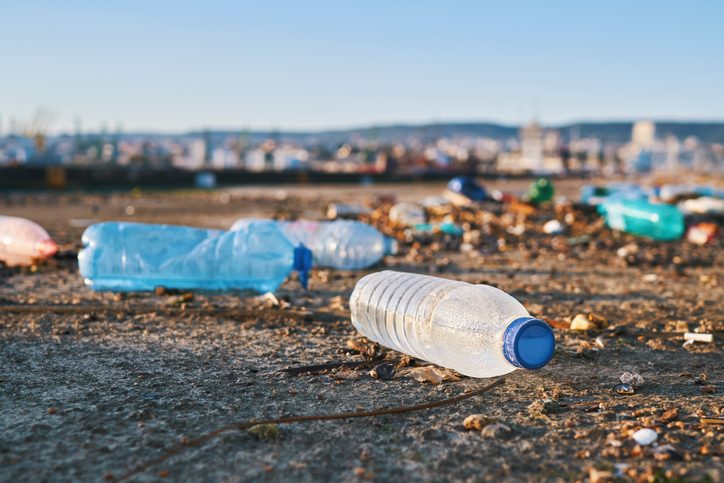Unarguably, the climate has noticeably changed in recent years. Weather patterns are more erratic and less predictable. Along the eastern side of North America, this currently means less snow. But for other places, like Australia, the perilousness of the situation may result in swift corrective legislation.
Despite any rhetoric or debate, the fact is that every hotelier needs to recognize that being a good corporate citizen means doing your part. At all costs, you want to avoid being labeled a violator of our planet’s ecosystem, especially when there are many simple yet visible steps that you can take to reduce both your carbon and plastic footprint.
I’ve arranged the following checklist in order starting with those items that have the least cost or minimal disruption to your operations. Importantly, I am not advocating that you in any way ‘badge’ these activities as doing your share, as there is always more that we all can do.
- As a very basic requirement, separate guestroom waste into trash and recyclable materials. Many properties I’ve visited still do not consider this worthwhile. Importantly, if it is separated by the guest, it is a real faux pas to have your housekeepers combine the trash on their laundry carts.
- If you have not already eliminated plastic straws, shame on you! While paper straws are less elegant and arguably a less efficacious substitute, the simple fact is that plastic straws are no longer acceptable.
- Eliminate plastic drink swizzle sticks. There are alternates here made of bamboo and wood. Yes, they cost a little more. But you’ve gone through the process of eliminating plastic straws, so why would you not go that extra step?
- Replacing plastic water bottles with glass or recyclable aluminum cans. The single use plastic bottle should be outlawed. But with manufacturers pumping out a million plastic water and soft drink bottles a minute – albeit with many producers now using a large share of recycled plastic in the process – recognize this as being more of a symbolic gesture because plastic is a visible and emotional enemy of environmental health.
- Plastic laundry bags? I know they are not used by most guests, but while you’re expunging your property of plastic waste, consider a move to cotton bags or even paper. There’s a marketing opportunity here when the bags are attractive and reusable.
- All other forms of plastic in the restaurant should also be on the chopping block. If you give out plastic cutlery or utilize plastic wrappers, there are alternatives available. Moreover, any made from Styrofoam needs to be looped into this conversation.
- Single use plastic shampoo, conditioner and body gel bottles are clearly sending the wrong message. Many different dispenser systems are readily available, with the one-time dispenser expense easily offset by bulk amenity purchases.
- A countertop liquid soap pump dispenser in guest washrooms is a way of reducing waste through the elimination of soap bars and their often-plastic wrappers. Again, there are some very alluring units that can be purchased.
- In-room coffee Keurig and Nespresso both offer complementary recycling programs for their used coffee dispensers. Reach out and learn how to make this happen.
- Smart thermostats that switch down heat and air conditioning when the room is not occupied can pay for themselves through effective power savings.
- In Europe, it is not unusual to require guests to insert their key cards into a slot that activates the lights in their room. Not recommended for a retrofit due to cost, but if you’re planning a major renovation or added rooms, this should be considered.
- Motion detectors that activate indoor garage lighting are logical, while using the same strategy for hallways is probably not a great approach!
- If you have a courtesy corporate car, consider an electric vehicle, or at a minimum a hybrid. Although likely more expensive than any gas-guzzling counterpart, it’s the statement you are making that’s vital.
- Make sure all of your air conditioning and refrigeration units operate on HFC-134a instead of freon which is known to damage the ozone layer. Or if you must, make sure that the freon is properly disposed.
- Lastly, for those of you still operating any lighting that is not LED, it’s time to finally pull yourself out of the 20th
